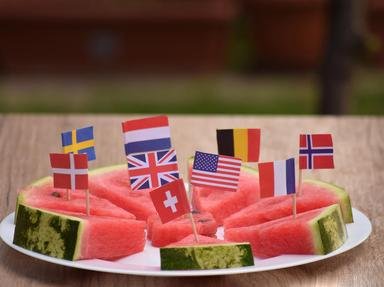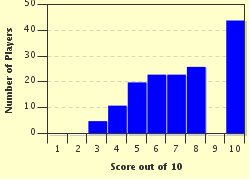
All Animals Are Equal Trivia Quiz
... though some may be more equal than others. The following creatures have all been adopted as national symbols by their respective countries. Your task is to match animal with the country.
A matching quiz
by pollucci19.
Estimated time: 4 mins.
